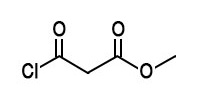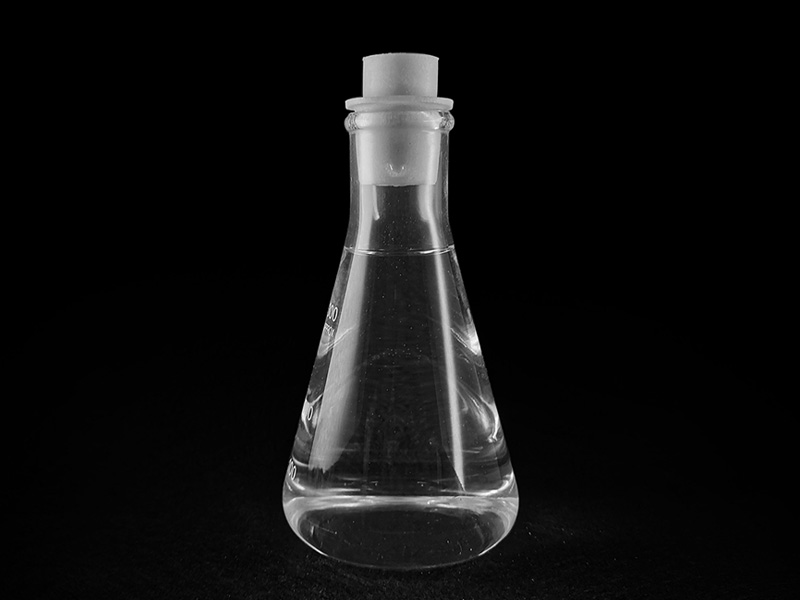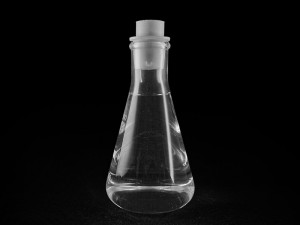Methyl 4-chloroacetoacetate
Ethyl-4-chIoroaoetoacetate
Name: Methyl 4-chloroacetoacetate
CAS Number: 32807-28-6
Molecular Formula: C5H7ClO3
Structural Formula: Appearance: Colorless transparent liquid
Purity: ≥98%.
≥98%.
HS Code: 29189900.9
Hazard Level: 8+6.1
Melting Point: 16-18°C Boiling Point: 80°C 5mm Hg(lit) Density: 1.305g/mL at 25°C
(1IT)
Refractive
index: N20/D 1.456(lit).
Water solubility: 71g/L (20°C) Storage conditions: below 15°C (solid)
Uses: used as intermediates for pharmaceuticals and pesticides
Packing: 200KG/barrel
Features
Flammable but not flammable, has a special alkyl phenol odor. Soluble in alcohol, ester, alkane, aromatic and other organic solvents, such as ethanol, acetone, butyl acetate, gasoline, toluene, soluble in strong alkali solution. With the common characteristics of phenolic substances, in contact with light, heat, contact with air, color gradually deepened.
In industrial production, p-tert-butylphenol is mainly used in the production of oil soluble phenolic resin, printing ink, flame retardant, etc. PTBP is also used as a polyvinyl chloride stabilizer, surfactant, and UV absorber. In the field of food contact materials, p-tert-butyl phenol is often used in the production of polycarbonate resins, and can also be used in the synthesis of additives for food contact materials.
1. Security of PTBP
PTBP has no genetic and carcinogenic toxicity, and the acute oral toxicity of rats with LD50 > 2000 mg/kg belongs to low toxicity. It has moderate irritation to rabbit skin. The NOAEL value of 60 mg/kg·bw/day was observed in some rats with abnormal or difficult breathing and decreased plasma albumin during a 42-day oral repeat. Meanwhile, PTBP belongs to exogenous phenolic estrogens, and the NOAEL value of rat reproductive toxicity is 200 mg/kg·bw/day, indicating certain reproductive toxicity. Therefore, PTBP has certain risks and deserves attention.
2. Application of PTBP in food contact materials
PTBP is a chemical raw material that is not available or absent in food contact materials. It can be used as polymer production or additive.
In polymers, they are mainly used as monomer starter and end-sealing agent. For example, in coating based polymers, formaldehyde, phenol, p-tert-butylphenol polymers and polymers of formaldehyde, phenol, p-tert-butylphenol and n-butanol polymers with p-tert-butylphenol as monomer and starter. Poly4,4 '-isopropyl diphenyl carbonate plastics sealed with p-tert-butylphenol in plastic polymers.
As an additive, it can be used to reduce the content of end-hydroxyl in coatings and improve the stability of products. In the plastic can be used as an antioxidant, such as for PS plastic food contact materials and products, in order to inhibit the product in production or use of thermal oxidation, photooxidation reaction speed, delay degradation, yellow aging process, and prolong the service life of the product.
P-tert-butylphenol has antioxidant properties and can be used as a stabilizer for rubber, soap, chlorinated hydrocarbons and digestive fibers. Uv absorbent, pesticide, rubber, paint and other anti cracking agent. For example, used for polycarbon resin, tert-butyl phenolic resin, epoxy resin, polyvinyl chloride, styrene stabilizer. In addition, it is also the raw material of pharmaceutical insect repellent, pesticide and acaricide, fragrance and plant protection agent. It can also be used as softener, solvent, additive of dyes and paints, antioxidant of lubricating oil, oil demulsifier and additive of vehicle fuel.
Other applications:
(1) For oil soluble phenolic resin, the product and formaldehyde condensation can be obtained for a variety of purposes. In the chloroprene adhesive mixed 10-15% of the product, to obtain soluble resin, this kind of adhesive is mainly used in transportation, construction, civil, shoe-making, etc. In printing ink, can be used for rosin modification, offset printing, advanced photogravure and so on. In the insulation varnish, can be used in coil dip varnish and laminate varnish.
(2) For polycarbonate production, as phosgene polycarbonate reaction termination agent, adding Chemicalbook amount of 1-3% of the resin.
(3) Used for epoxy resin, xylene resin modification; As polyvinyl chloride stabilizer, surfactant, UV absorber.
(4) With antioxidant properties, can be used as rubber, soap, chlorinated hydrocarbons and nitrocelluloose stabilizer. It is also a raw material of insect repellent (medicine), acaricide acaride (pesticide) and plant protection agent, fragrance, synthetic resin, and can also be used as softener, solvent, dye and paint additive. It can also be used as the ingredient of demulsifier for oil field and additive for vehicle oil.



